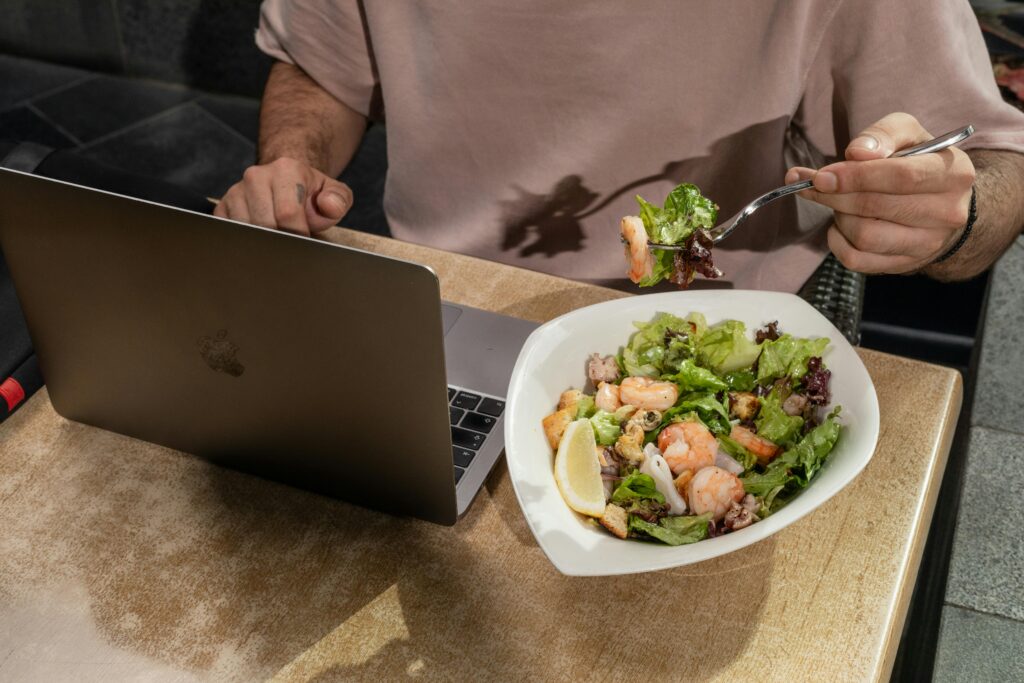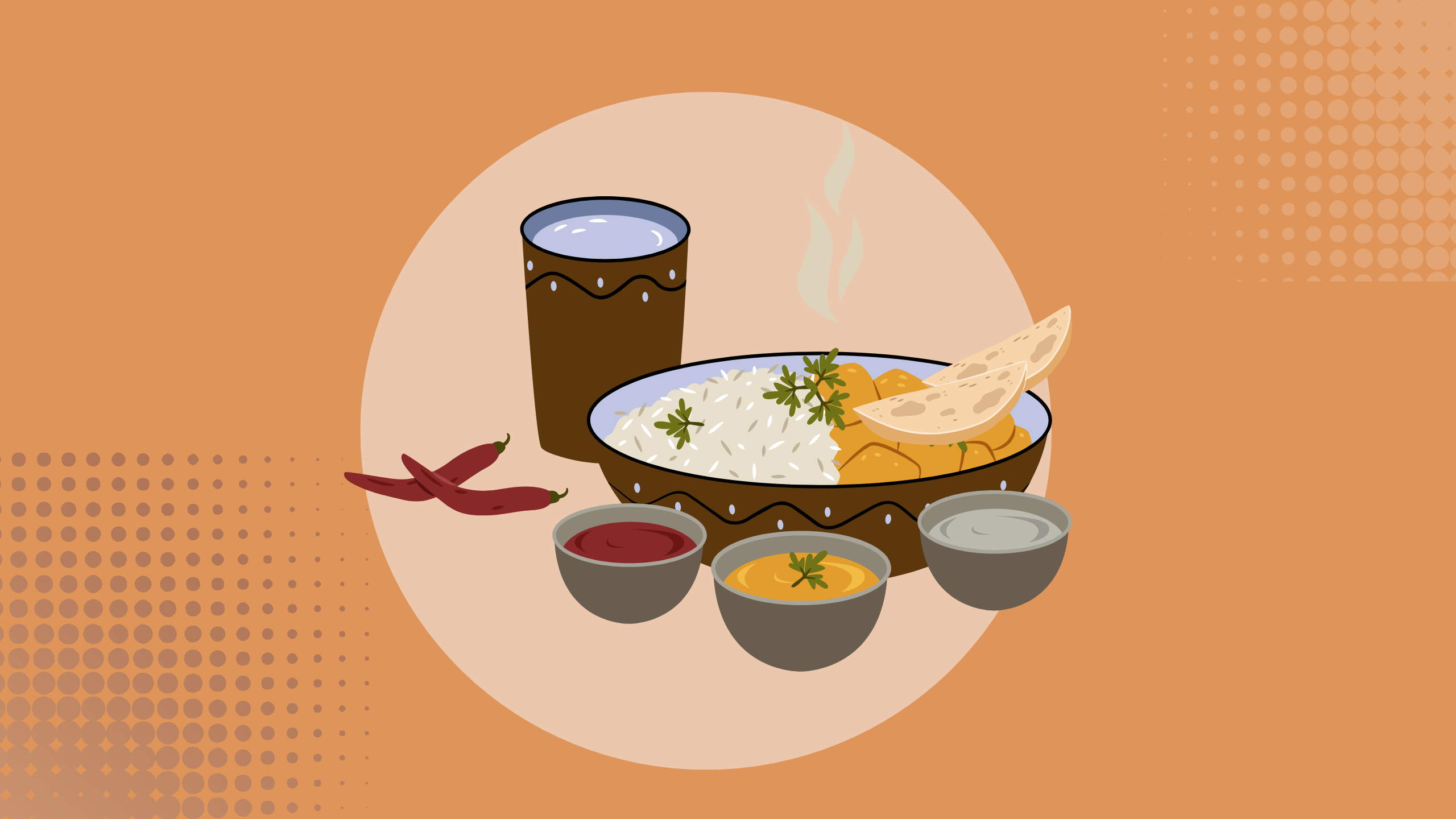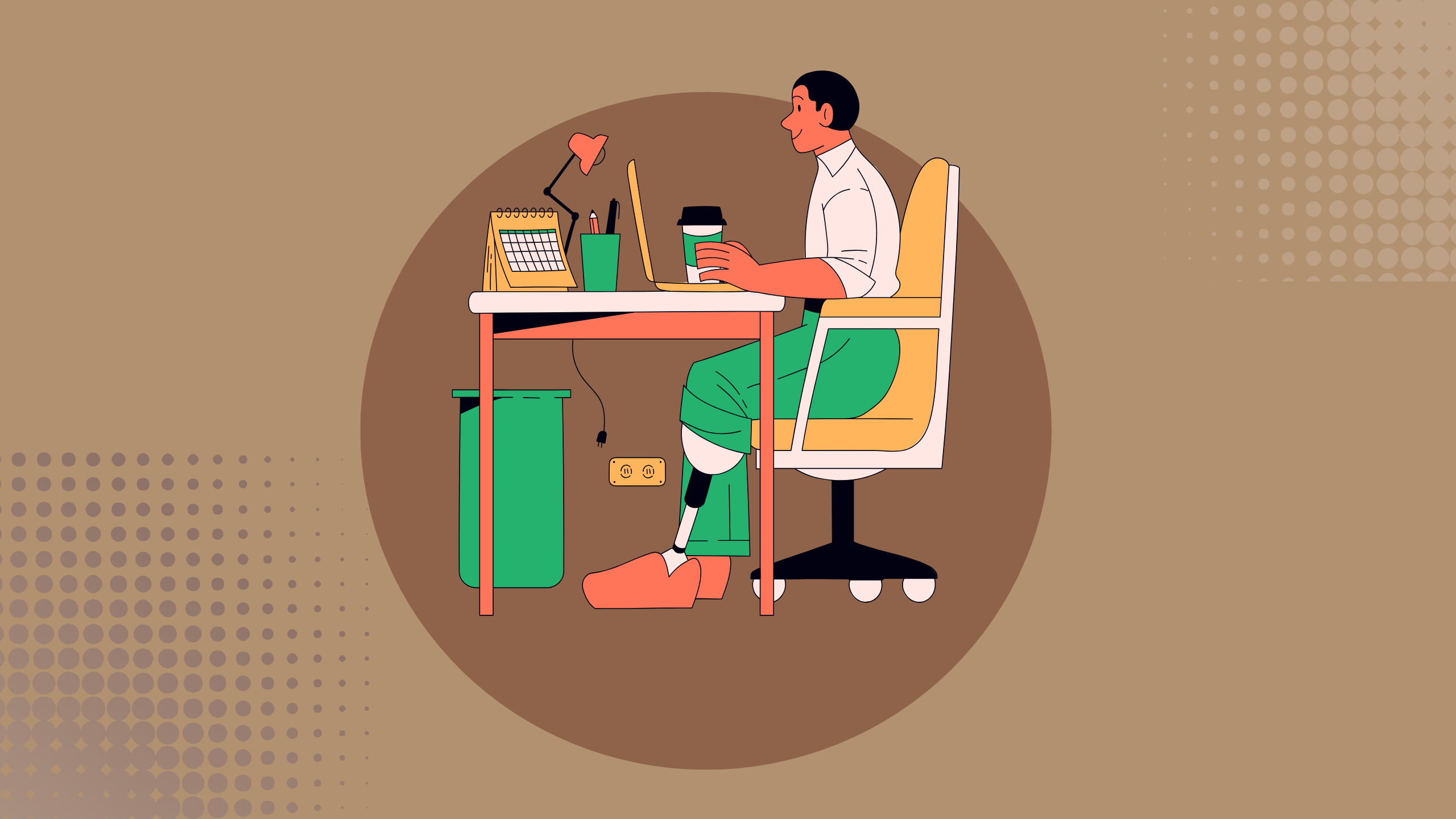Remote work comes with plenty of upsides flexible hours, no commute, and the comfort of your own space. But behind the convenience, there’s a quieter downside that sneaks in when you’re not paying attention: isolation.
You might wake up, check your inbox, power through meetings, and wrap up tasks all without speaking to a single person face-to-face. Days blend together. Even if you’re “connected” online, something feels off. That slow drift into loneliness is more common than people admit, and it can quietly chip away at your focus, motivation, and overall well-being.
It’s not just about missing office small talk or grabbing coffee with coworkers. It’s about human connection something that our brains are wired to need, even if we consider ourselves introverts. According to a 2023 survey by Buffer, 1 in 5 remote workers report loneliness as their biggest struggle.
And it’s not just emotional it affects your productivity, creativity, and even physical health over time. But the good news? You don’t have to choose between working from home and feeling connected. With a few intentional shifts in how you approach your day, you can build a routine that supports both focus and social connection.
In the sections ahead, we’ll cover practical, real-world strategies to keep loneliness from creeping in without having to give up the freedom remote work offers.
Meal Prep for Productive Remote Workdays
Working remotely can feel like a dream no long commutes, more control over your time, and the comfort of your home office. But there’s one area where remote work often derails even the most disciplined professionals: food.
The kitchen is right there, and the temptation to snack endlessly or throw together last-minute meals can kill your focus and drain your energy. That’s where Meal Prep for Productive Remote Workdays comes in not just a health trend, but a smart time-saving strategy that keeps your brain sharp and your day structured.
In this guide, we’ll break down why meal prep matters for remote workers, how to start, and how it helps you stay productive from 9 to 5.
Why Meal Prep Matters for Remote Workers
When you work from home, it’s easy to lose track of time especially when you’re deep into a project or jumping from one Zoom call to the next. By the time you look up, it’s 2 p.m., you’re starving, and your only options are either heating up a sad snack or scrolling delivery apps until something sounds good.
That kind of last-minute scramble isn’t just bad for your wallet it also interrupts your rhythm. And once you’re out of it, it’s tough to get back into that same focused flow.
Meal prep helps you sidestep all of that.
It acts like a buffer between you and daily chaos. Instead of using your mental energy on figuring out what to eat (or worse, not eating at all), you’ve already taken care of it. You open the fridge, grab a prepped meal, heat it up, and you’re back to work still in the zone, still thinking clearly.
It’s also about structure. One of the biggest challenges remote workers face is creating a routine that doesn’t feel like a grind. Prepping your meals in advance adds helpful anchors to your day. You eat at roughly the same time, you’re less likely to skip meals or graze all afternoon, and your body starts to sync with a steady rhythm that supports better energy and clearer thinking.
Plus, when you’ve already put time into preparing meals you actually want to eat, you’re more likely to choose those over random snacks or fast food. That one decision made ahead of time can shape your entire day in a positive way.
In short, meal prep isn’t just about food. It’s a subtle but powerful productivity tool. It keeps your brain sharp, your time protected, and your workdays smoother. And for remote workers, that kind of consistency can make all the difference between surviving the day and actually enjoying it.
You wouldn’t stop in the middle of a meeting to chop vegetables, so why interrupt your workday to figure out lunch?
According to a 2023 study by Upwork, nearly 28% of the U.S. workforce is fully remote. But with that flexibility comes blurred boundaries between personal and professional life including meals. Many remote workers either skip meals or eat low-effort, low-quality food during the day, which affects both energy and focus.
Here’s how skipping structured meals hurts productivity:
- Energy crashes from inconsistent nutrition
- Disrupted schedules due to cooking in the middle of tasks
- Decision fatigue from constantly thinking, “What should I eat?”
- Poor health habits from snacking or ordering in
Meal prepping even just 2–3 times a week can eliminate those problems.
The Productivity-Nutrition Connection
If you’ve ever tried to power through an afternoon of work after a heavy, greasy lunch or skipped eating entirely because you were “too busy” you already know how tightly nutrition and productivity are linked.
The truth is, your brain doesn’t run on willpower alone. It runs on nutrients. When you feed it well, it returns the favor with sharper focus, more stable energy, and better decision-making. When you don’t, it gets sluggish. You get cranky. Your to-do list grows longer even though you’re technically “working.”
This isn’t just about eating healthy in a general sense. It’s about when and how you fuel your body throughout the day.

For example, going too long without food messes with your blood sugar, which can lead to a crash that makes even simple tasks feel like a slog. On the flip side, overeating or eating something high in refined carbs can leave you feeling sleepy and unfocused. It’s all about balance consistent, steady fuel that keeps you running smoothly without dramatic highs or lows.
And when you’re working from home, this becomes even more important. There’s no built-in lunch break or watercooler reminder to take care of yourself. You’re the one in charge of when and what you eat. That’s why having a plan like meal prepping isn’t just helpful, it’s necessary. It removes guesswork and helps you avoid falling into the “I’ll grab something later” trap that often turns into hours of nothing but coffee and snacks.
Even just being slightly more mindful of what’s on your plate can have a real impact on how much you get done and how you feel doing it.
So if your productivity has felt off lately, the fix might not be a new time management app or better headphones. It could be something as basic and powerful as eating better food, more consistently.
Food is fuel, especially for your brain.
The Harvard Business Review published an article on the link between nutrition and cognitive performance, stating that poor eating habits can lead to a 20% reduction in productivity. What you eat affects your memory, focus, and mood all crucial when you’re working from home with minimal oversight.
By planning meals in advance, you’re not only saving time but also choosing foods that support sustained energy levels and better mental clarity throughout the day.
Read Also: 8 Life-Changing Tricks to Prevent Loneliness in Remote Work You Haven’t Tried Yet
Getting Started with Meal Prep for Productive Remote Workdays
Starting anything new is usually the hardest part, and meal prep is no exception. If it feels overwhelming, that’s normal especially when you’re juggling work, family, and about ten other things. But the goal here isn’t to prep picture-perfect meals for Instagram. It’s to make your weekday life a little less chaotic.
Here’s the truth: you don’t have to prep everything. You don’t even have to prep full meals if that feels like too much. You can start small think chopped veggies, pre-cooked grains, or portioned-out snacks. That alone can save you loads of time during the week.
Don’t Overthink Your Menu
Stick with meals you already know and like. Now is not the time to try out four new recipes from scratch. If you love burrito bowls, prep a version of that. If eggs and toast are your go-to breakfast, batch the eggs or pre-slice the bread. Simple wins.
Plan for at least:
- 3–4 lunches: Think bowls, wraps, or salads that hold up well.
- 2–3 breakfasts: Overnight oats, smoothies, or egg muffins.
- Snacks: Chopped fruits, nuts, hummus with veggies.
Need inspiration? Budget Bytes has tons of affordable meal prep ideas for every skill le
Prep What You Usually Forget
Think about the parts of your day where you tend to slip afternoon snacks, rushed lunches, skipped breakfasts. Start there. Prepping a smoothie pack or making sure you have a decent lunch ready can fill in those gaps that mess with your energy later on.
Use What You Already Have
Before you go buying new containers or fancy kitchen tools, check your pantry. You probably already have rice, pasta, lentils, or beans that can become the base for several easy meals. Start with what’s available and build around it.
Batch Without Boredom
Worried you’ll get sick of eating the same thing every day? You don’t have to. Cook a single batch of protein (like grilled tofu, chicken, or chickpeas), then pair it with different sides or sauces. One core ingredient, three totally different meals.
Use a simple formula:
- Protein + Fiber + Healthy Fats + Complex Carb
- Example: Grilled chicken + roasted broccoli + olive oil + quinoa
Give Yourself a Test Run
Try prepping just one day’s worth of meals ahead breakfast, lunch, and maybe a snack. See how it feels. Notice how much smoother your day goes when you don’t have to stop working to chop onions or search the fridge. Once you get a taste of that, you’ll want to keep going.
Meal Prep for Productive Remote Workdays doesn’t have to be complicated. You don’t need to spend hours in the kitchen on Sunday night with dozens of containers. The goal is to minimize food decisions during the week so you can focus on work.
Sample 3-Day Meal Prep Plan
| Day | Breakfast | Lunch | Snacks |
|---|---|---|---|
| Mon | Overnight oats | Chickpea quinoa bowl | Almonds + banana |
| Tue | Greek yogurt + granola | Chicken and veggie stir-fry | Carrot sticks + hummus |
| Wed | Smoothie (frozen fruit + protein) | Tuna wrap + mixed greens | Boiled eggs + apple |
Time-Saving Tips
One of the biggest misconceptions about meal prep is that it eats up your entire weekend. But the truth is, the more you prep, the better (and faster) you get at it. And with a few smart shortcuts, you can shave serious time off your routine without sacrificing quality.

1. Stick to Repeat Ingredients
You don’t need a new recipe for every meal. Pick 2–3 core ingredients that can be used in different ways. For example, roasted sweet potatoes can go in a salad, a wrap, or a grain bowl. Cook once, mix it up later. Less chopping, fewer dishes, more flexibility.
2. Pre-Wash and Store Greens
Instead of buying the pre-washed bags (which get soggy fast), wash your own leafy greens, dry them, and store them with a paper towel in a sealed container. They’ll stay fresh longer and be ready for a quick lunch salad or wrap without the daily rinse-and-dry routine.
3. Use the Oven Like a Meal Prep Assistant
While you’re chopping veggies or making sauces, let the oven do the heavy lifting. You can roast a sheet pan of chicken, tofu, and vegetables all at once while you prep other meals. It’s like having a second pair of hands in the kitchen—just less chatty.
4. Skip the Over-Complication
You don’t need fancy sauces or gourmet ingredients for food to taste good. A simple combo of olive oil, lemon juice, garlic, and salt can make almost anything work. Keep a couple of go-to seasoning blends on hand to make meals taste like you tried harder than you did.
5. Make Cleanup Part of the Plan
Have a sink of soapy water ready before you start cooking. Drop your cutting board, knives, and bowls in there as you go. That way, cleanup doesn’t feel like a second shift after your prep is done—it’s already halfway there.
6. Set a Timer and Race the Clock
Turn meal prep into a game. Give yourself 90 minutes and see how much you can get done. You’ll be surprised how efficient you become when you treat it like a time-boxed task instead of an open-ended chore.
Tools That Make Meal Prep Easier
Here are a few tools that streamline the process:
- Meal Planning Apps:
- Kitchen Helpers:
- Instant Pot or slow cooker
- Air fryer for quick reheats
- Digital kitchen scale for portioning
How Meal Prep Supports Focus and Routine
A structured eating schedule creates a ripple effect on your day:
- More time for deep work: You don’t waste mental energy on food decisions.
- Built-in breaks: Meal times serve as checkpoints to rest and reset.
- Improved sleep: Eating well throughout the day can balance blood sugar and improve nighttime rest.
- Better hydration: People who prep meals often track water intake too.
Meal prep helps create predictable routines, which are key to managing remote work without burning out.
Working from home gives you freedom but that freedom can easily spiral into a lack of structure. You roll out of bed, check your phone, maybe answer a few emails, and suddenly it’s lunchtime with nothing in the fridge and your brain already scattered.
Meal prep helps bring that structure back without turning your day into a rigid schedule. It’s not just about having meals ready it’s about reducing friction. When food is one less thing you have to think about, you naturally stay more focused on what actually matters.

Think about how much time you lose just deciding what to eat. Not cooking deciding. Should I make something? Should I order? What even sounds good? That mental back-and-forth eats into your momentum. With prepped meals, the decision’s already made. You just grab, heat, and go.
But it’s not only about saving time it’s also about creating rhythm.
When you eat at roughly the same time every day, your brain starts to recognize patterns. That rhythm helps your body stay in sync with your work cycles. You’ll find it easier to concentrate when you’re full and energized, and you’ll avoid that foggy, sluggish feeling that often creeps in after random snacking or skipped meals.
Meal prep also gives your day natural bookends: you step away from your screen to eat, even if it’s just for 15 minutes. That break alone can reset your focus. You come back feeling more grounded instead of feeling like the day is one long, messy blur.
And there’s a weird but true bonus here when you take care of something as basic as meals, you feel more in control overall. It’s a small win that sets the tone for the rest of the day. You’re not reacting to hunger or stress; you’re following a plan that supports your goals, both personal and professional.
In short, prepping meals isn’t just about food. It’s one of those small habits that quietly holds your remote work routine together.
Read Also: Top-Rated Productivity Apps for Remote Workers According to Real Users
Real Stats: The Cost of Not Prepping
Here’s a quick look at how much time and money you might waste without prepping:
- The average remote worker spends 30–45 minutes a day deciding and preparing lunch (source: Buffer’s State of Remote Work).
- That adds up to over 3.5 hours/week almost a full half-day of work.
- Ordering food 3x a week can cost you ₹900–₹1,200 ($30) extra weekly (~₹50,000+ annually/$1200+ annually).
Meal prepping can cut that time in half and significantly reduce your expenses.
Extra Resource: Meal Prep for Productive Remote Workdays
Looking for healthy and practical meal ideas that won’t break your workflow? These 10 quick recipes are designed specifically for remote workers. Here are a few curated YouTube video to help you get started:
Conclusion:
Meal Prep for Productive Remote Workdays is less about dieting and more about designing your day to run smoothly. When you prep meals ahead of time, you’re building a system that supports your focus, energy, and even your mental health.
It’s one of the simplest high-return habits for remote workers. You don’t need to be a great cook. You just need a plan.




